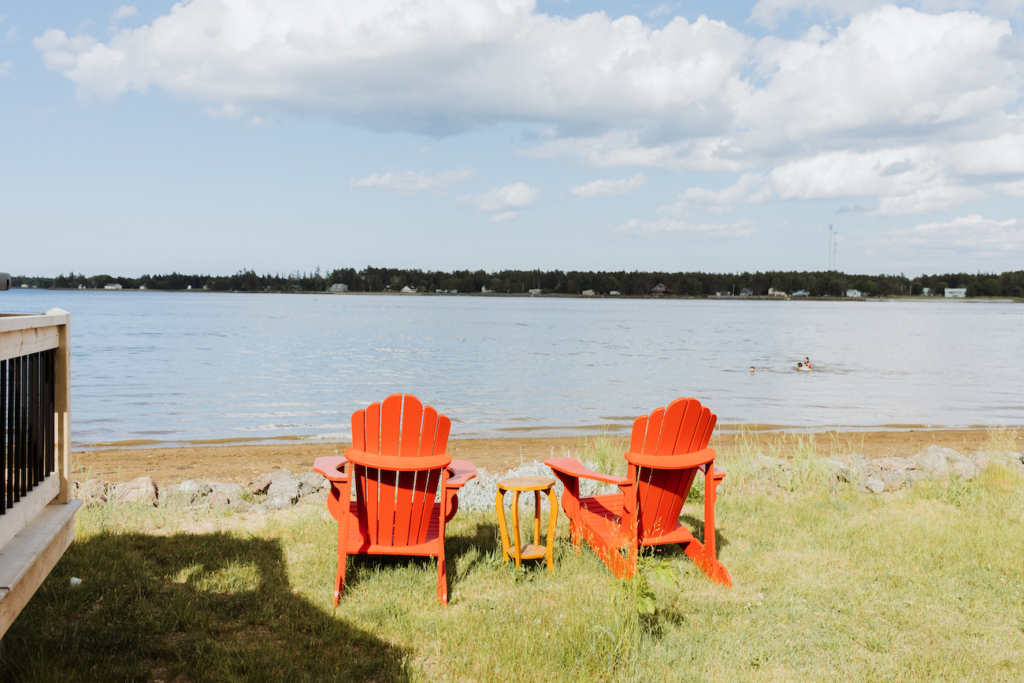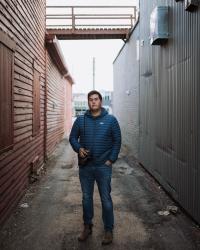Elsipogtog: residential school graves open old wounds for New Brunswick reserve
Elsipogtog: residential school graves
open old wounds for New Brunswick reserve
Elsipogtog First Nation (River of Fire) is a Mi’kmaq First Nations community which sits on the shores of the Richibucto River in Eastern New Brunswick. Formally known as Big Cove and Richibucto Indian Reserve it has a population of 3,400 people, making it the largest reserve in the province.
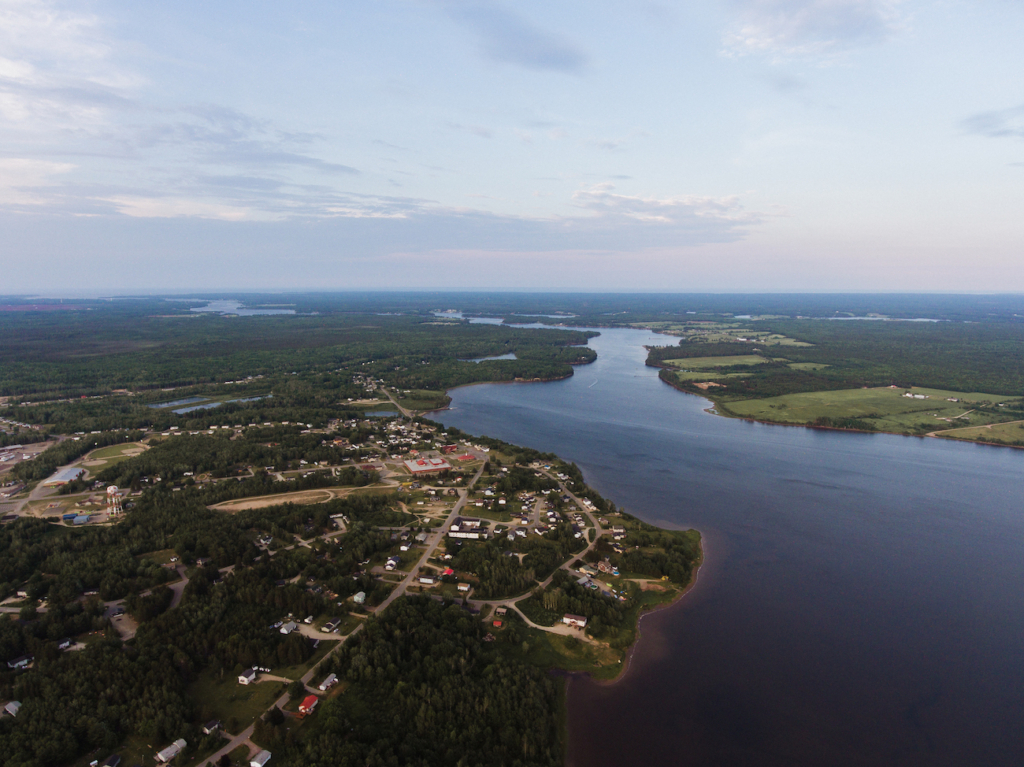
Chief Misel Alguimou (Michael Augustine) signed the Peace and Friendship Treaty with the British in 1761. Elsipogtog was established in 1802 with more than 50,000 acres of land to practice their traditional ways. Despite the signing of the treaty, the First Nation’s land has gradually been stolen by settlers. It has since been reduced to just over 4,000 acres.
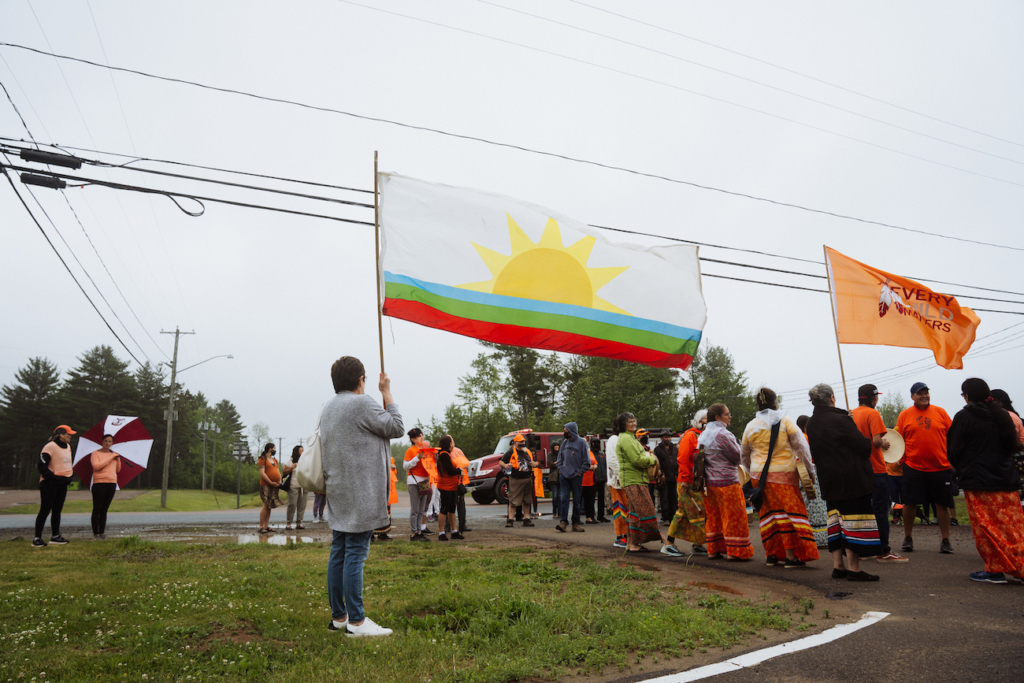
This is the land where I grew up, the place that I call home. Our community has suffered a lot of pain over the years due to unspeakable tragedy and loss. Life on the reservation can be heartbreaking at times. It feels like you can never get a break between tragedies, it is always one after another.
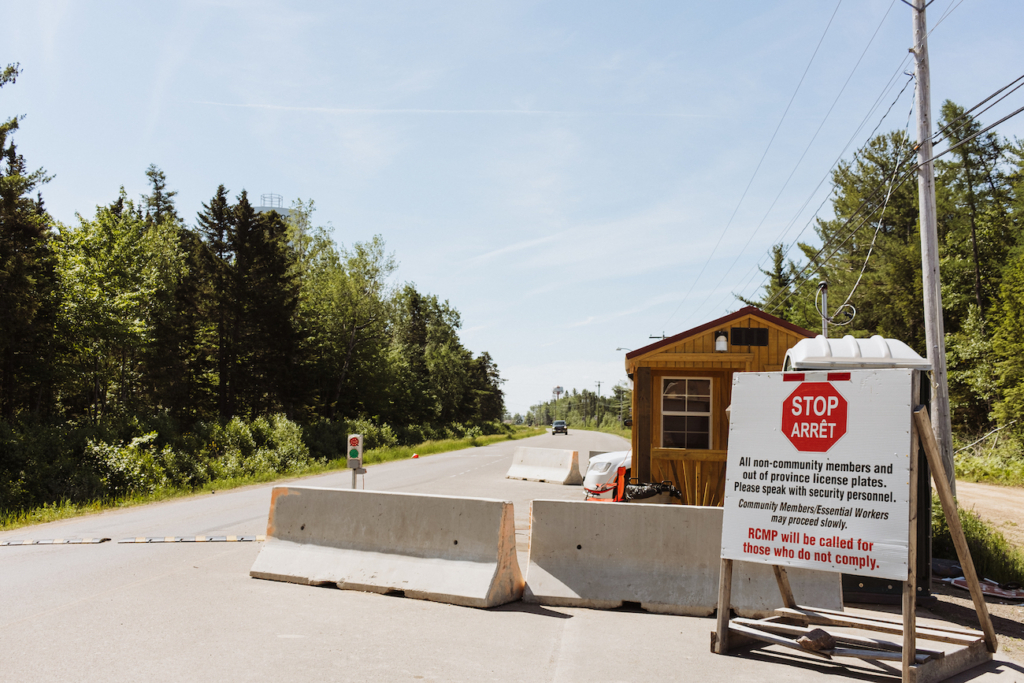
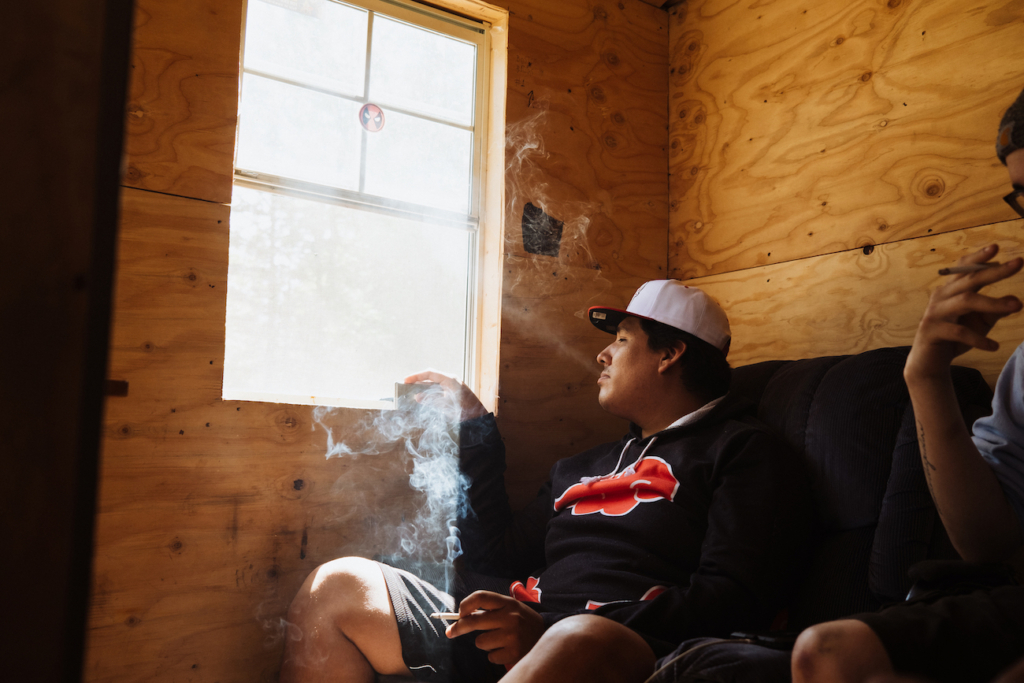
Between 1930 and 1967 many Elsipogog First Nations children were sent to Shubenacadie Residential School in Nova Scotia, where some were subjected to physical, emotional and sexual abuse. While attending the school, children were also forbidden from speaking their own language or practising their cultural traditions. Following the closure of that school, children from Elsipogtog attended federal day schools on the reserve including Big Cove Federal Indian Day School which were also notorious for abusing students.
The uncovering of mass graves at residential schools across the country, which began with the 215 discovery in British Columbia in May renewed deep wounds that have been inflicted upon several generations of Elsipogtog First Nations people. Although there were no graves discovered Shubenacadie, to date there have been more than 6,000 graves uncovered across Canada, with many more sites left to search.
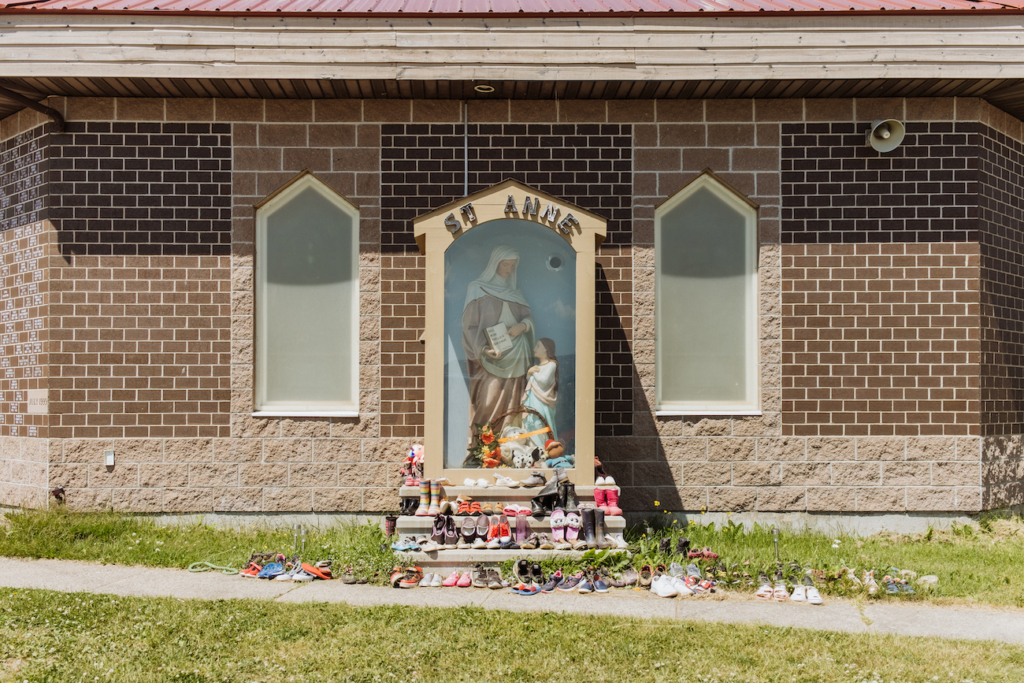
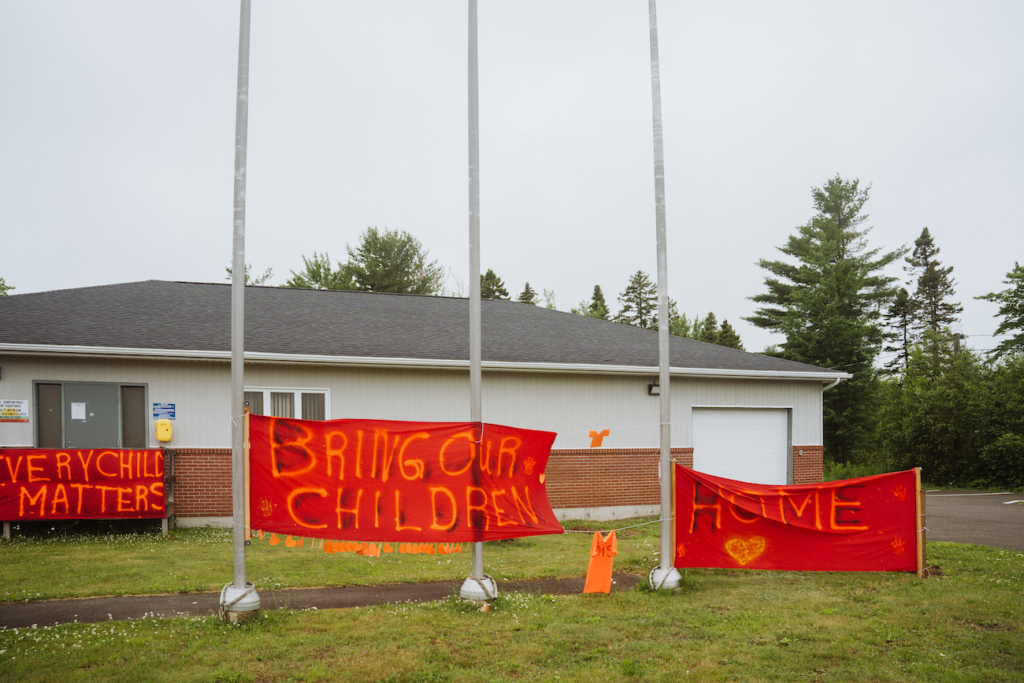
This summer I traveled back home to Elsipogtog from Fredericton, where I now live, to document the community as they gathered to mark Indigenous People’s Day and Canada Day, which happen to fall just nine days apart.
When I came home the first time for Indigenous People’s Day on June 21 my brother came to pick me up in a golf cart. We drove around the reservation to see what was happening, I felt a sense of happiness to be back in my community. It was a beautiful sunny day and many people were out and about, I could feel people’s happiness and joy that day.
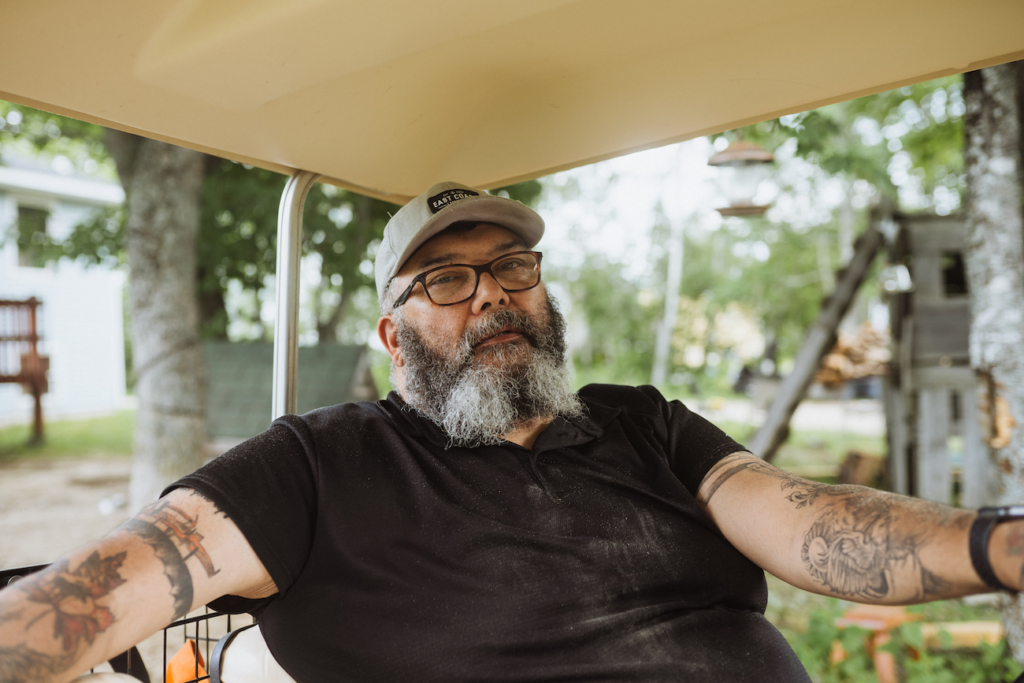
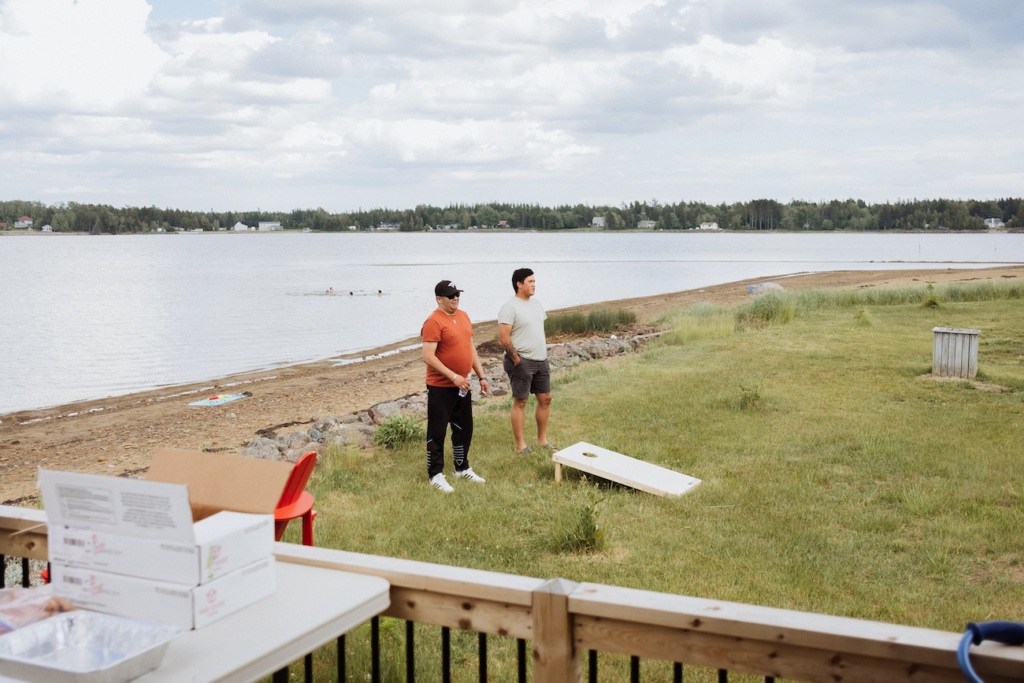
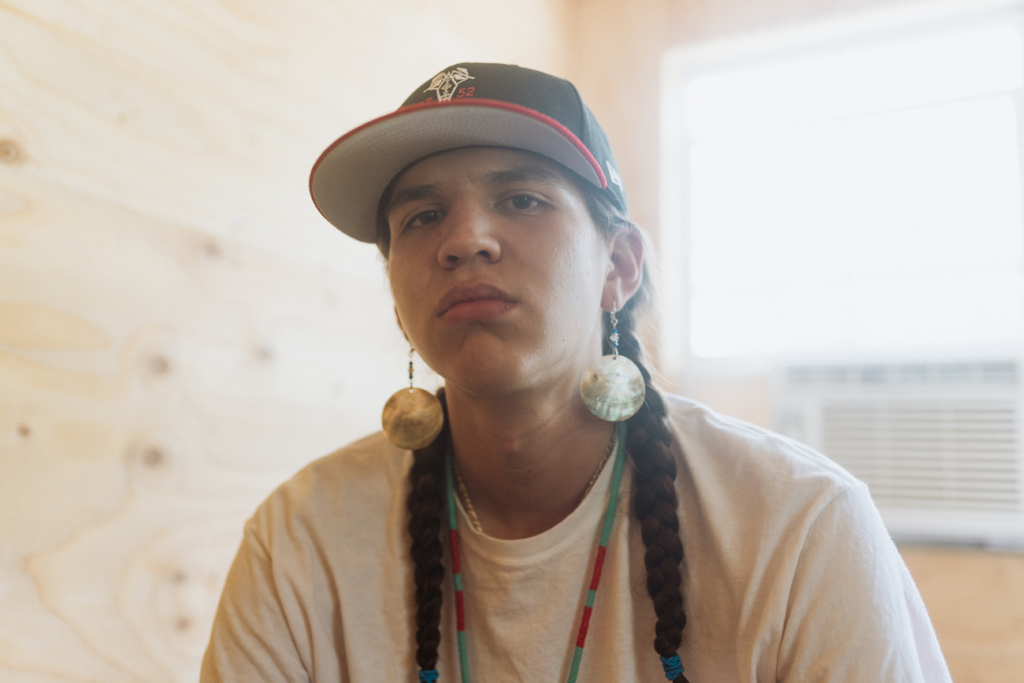
As the sun set on Indigenous Peoples Day I met Brodie Peters at the Lone Eagle Treatment Centre. We sat near the arbor, where many people practice ceremony, specifically the Sundance ceremony, and share thoughts about life and the current state of affairs. There is a certain feeling of connection and comfort when at these sacred grounds. Many people from the community come to pray and just spend time there.
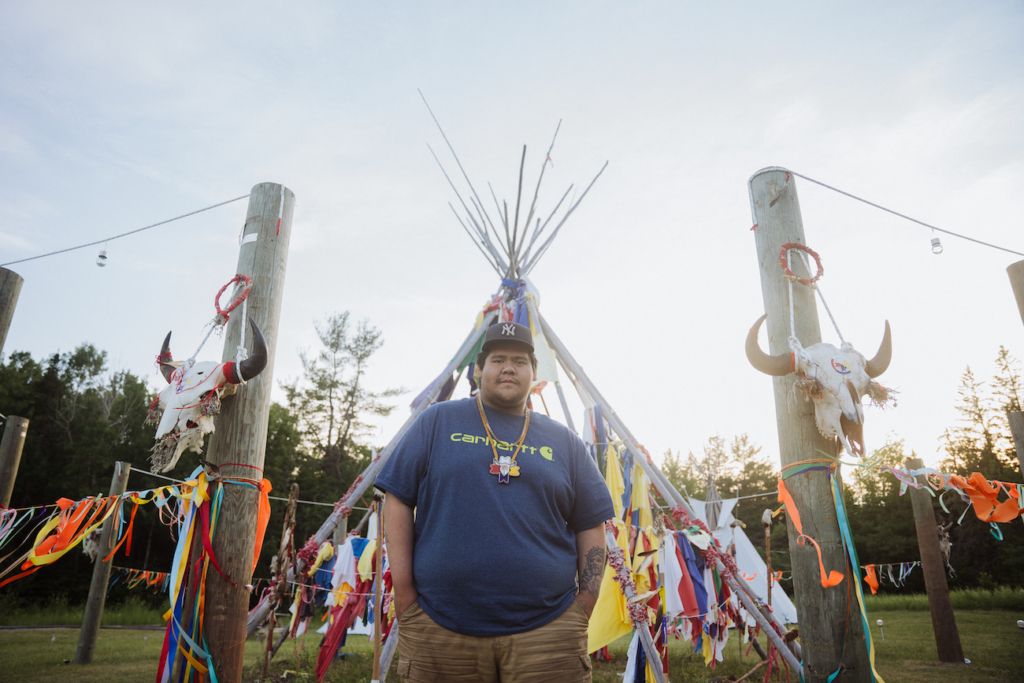
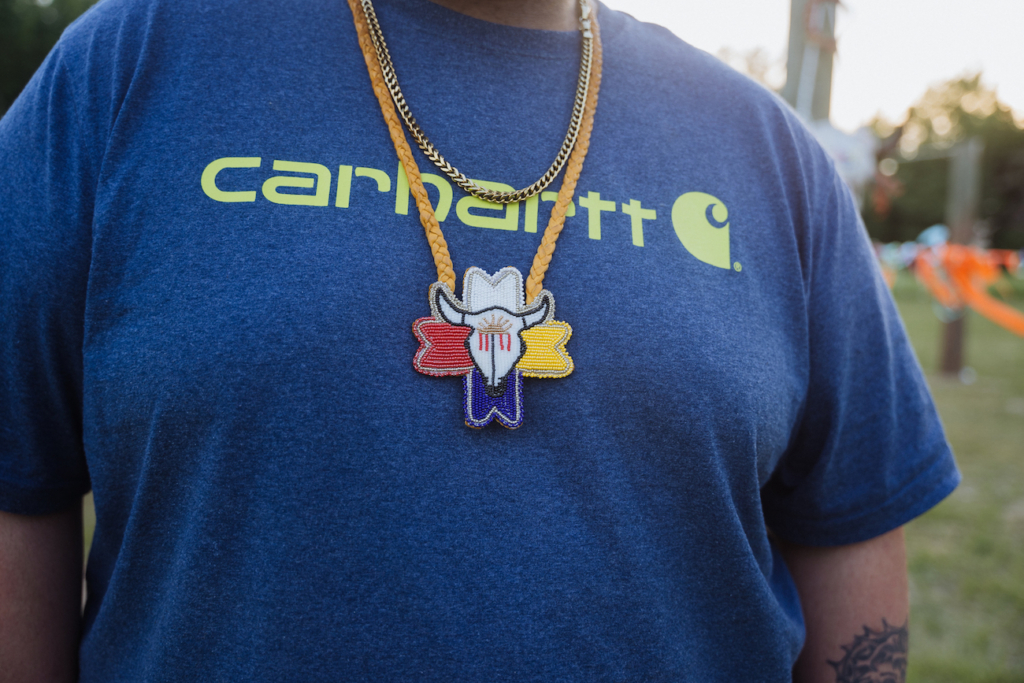
Because of the uncovering of the mass graves, people on the reserve were not celebrating Canada Day in Elsipogtog this year, opting instead to rename it Resilience Day. So on July 1 the community gathered to march in solidarity with one another and First Nations across Canada. People were singing and smiling, united in support of those who have suffered. Seeing the chief of Elsipogtog, Aaron Sock, march with his people was very inspiring, you could hear the emotion in his voice when he spoke. He really loves his people and he showed it that day.
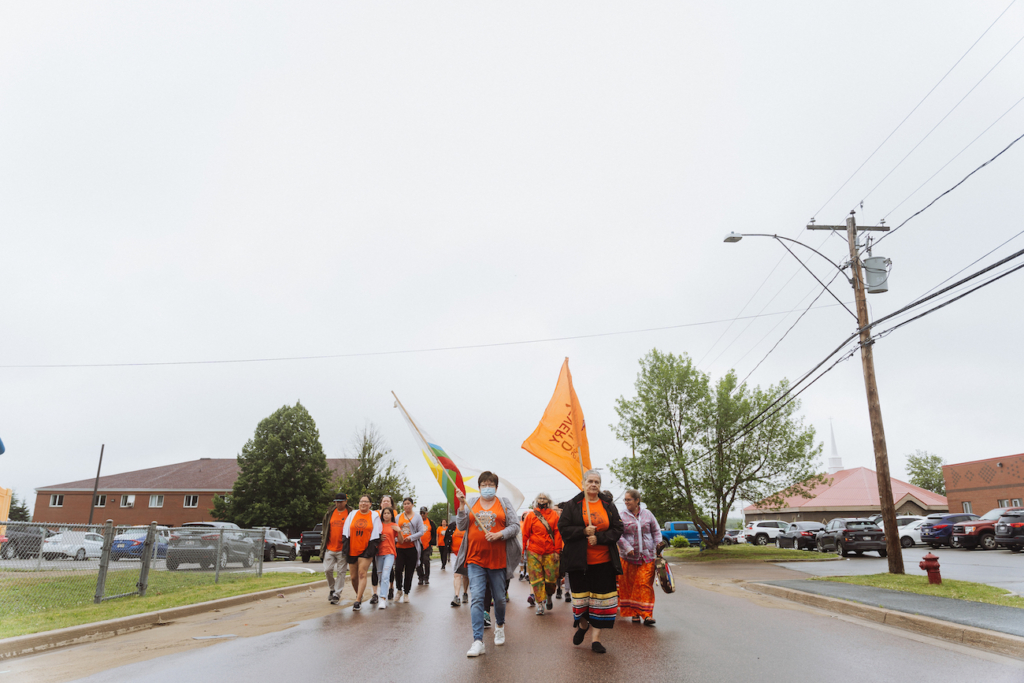
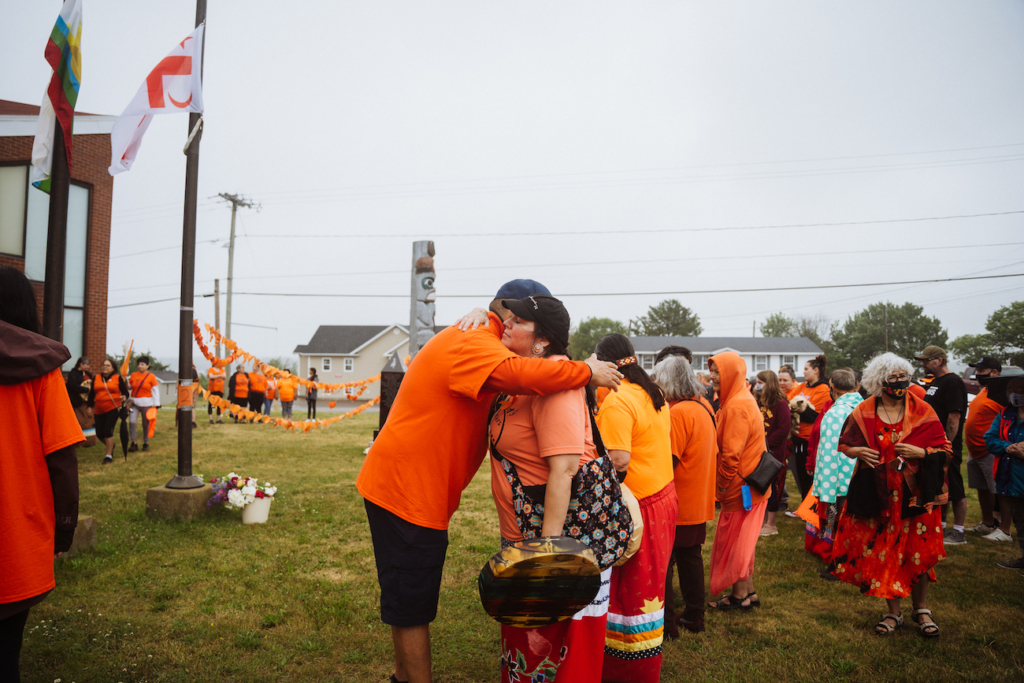
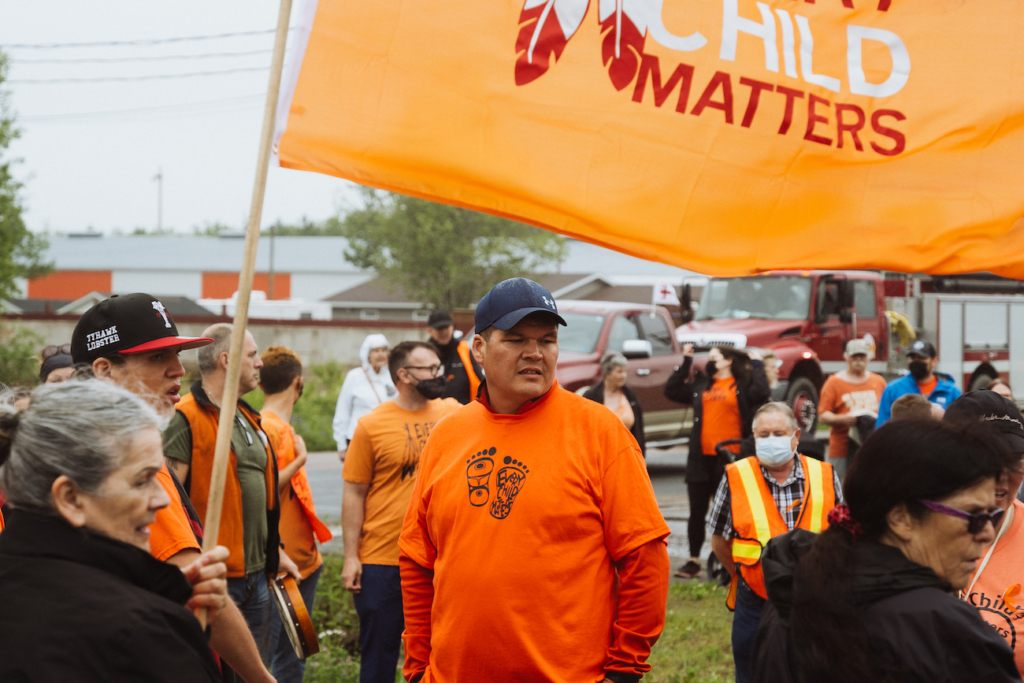
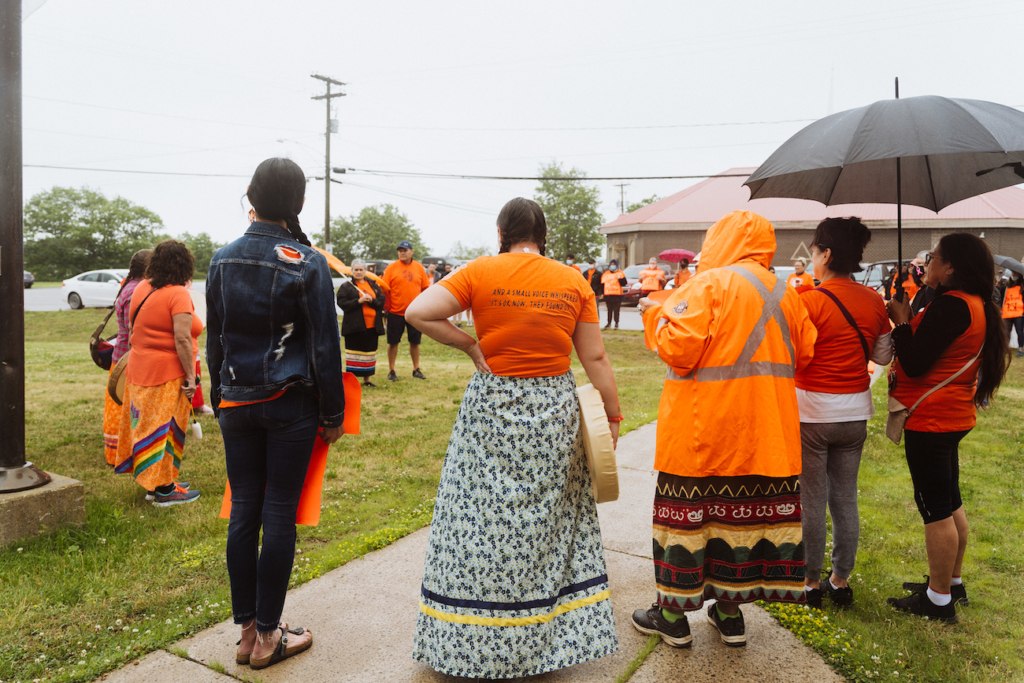
The reason we grieved when the graves were uncovered is because the trauma that Indigenous people have faced at the hands of settlers is all too familiar. While every tragedy is unique, the harm that has been inflicted is universal.
That afternoon I spoke to Marilyn Simon-Ingram of Elsipogtog First Nation, who is a residential school survivor. I could hear the emotion and hurt in her voice when she recalled the recent tragic discoveries across Canada. “I died with each child that was pulled up. I died more and more everyday inside. So I could only imagine the pain that they went through. I am a residential school survivor, but more important is I am a survivor and I made a pledge that I would speak up for all survivors.”
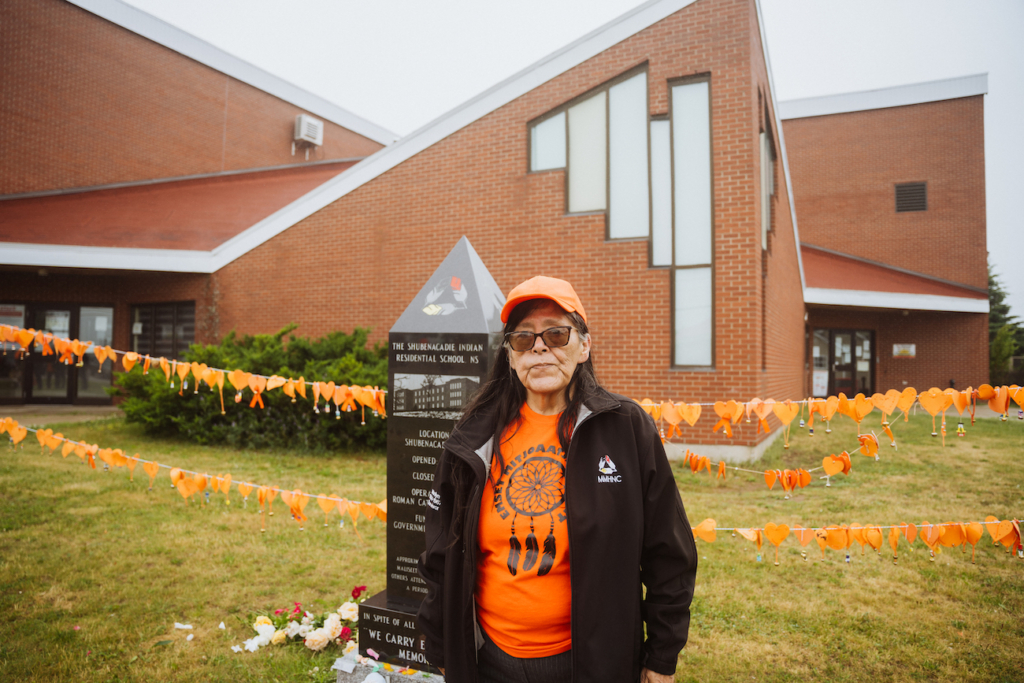
Brady Perley-Francis was a beloved person in our community. He was killed in a hit and run late one winter night. Although a man was charged with manslaughter in his death he was found not guilty due to a lack of evidence. Following the decision the Crown decided not to appeal the decision and no further charges were laid. There was no justice for Brady. It feels as if the justice system put in place in Canada is meant to keep First Nations people down.
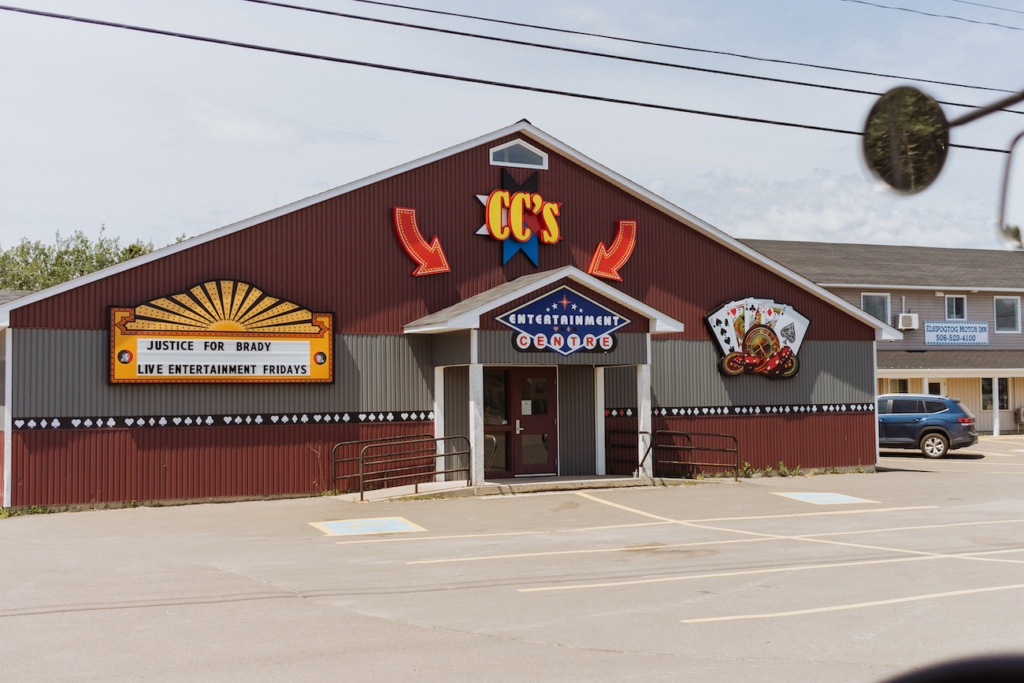

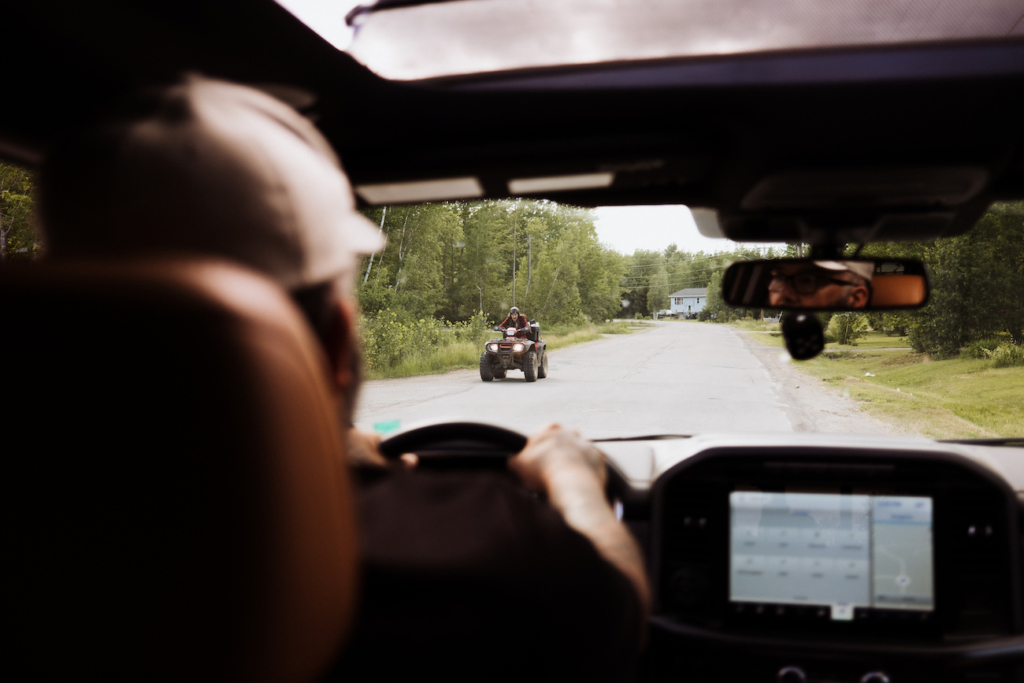
Brady is just one of the many tragic stories that come from Elsipogtog. Drug and alcohol abuse plague the community. Growing up, I have personally seen many people lose their lives to substance abuse and it hurts to see my people in pain, both emotionally and physically. Residential schools and the trauma our parents, grandparents, and family members have gone through, we, the current generation experience this trauma too. This can lead to a hard life on the reserve.
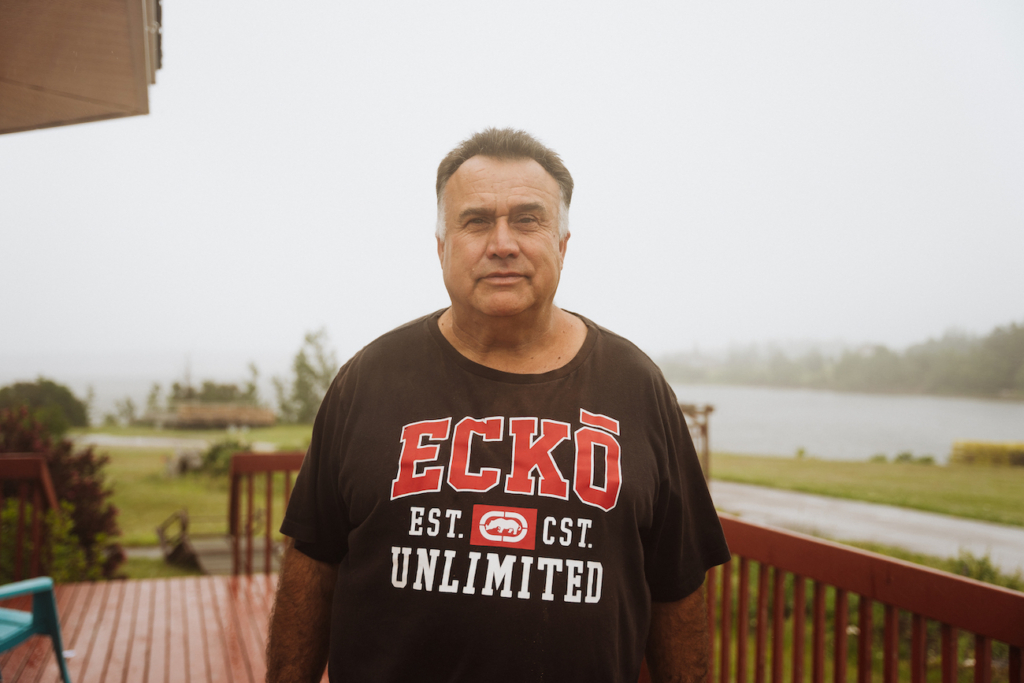
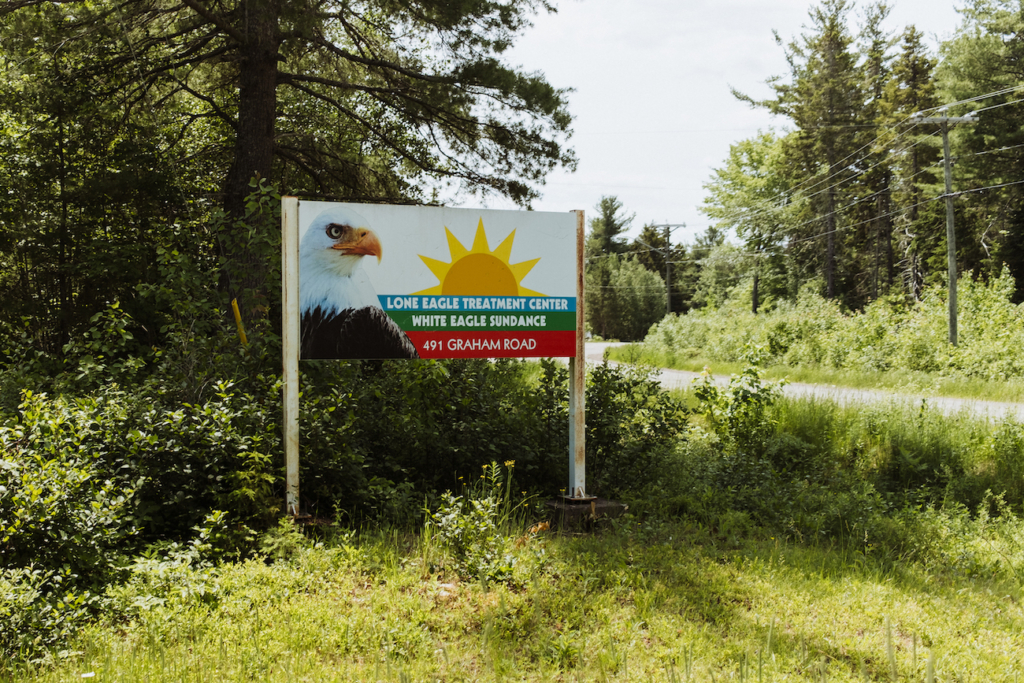
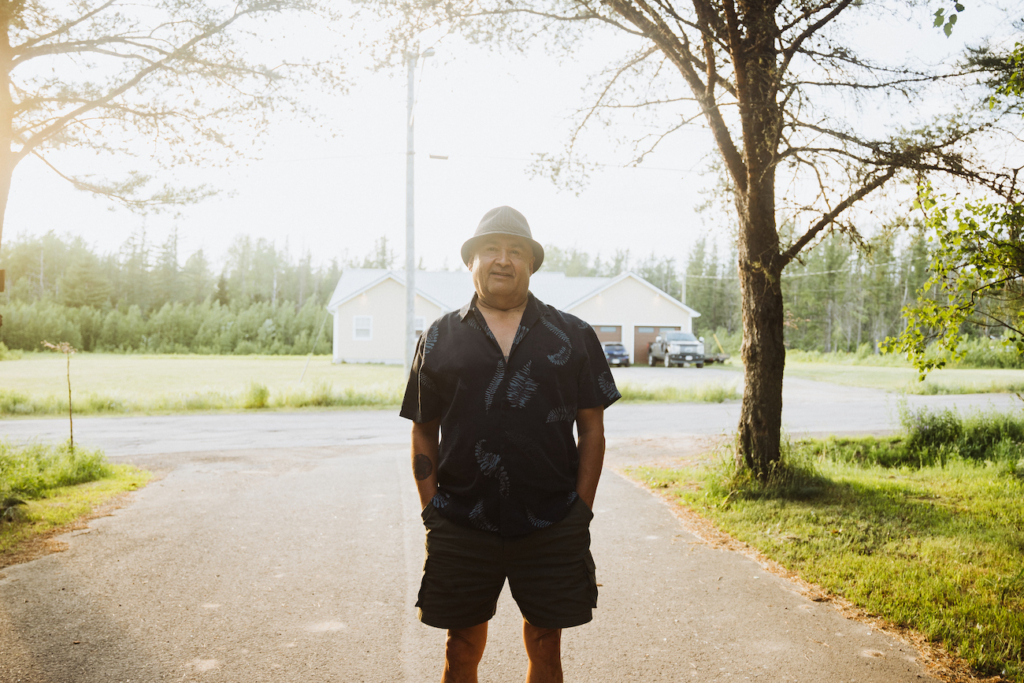
But life in on the res can also be very beautiful. As Brodie Peters put it: “Growing up, you see a lot of our people, Native people, you see them, some struggling and some succeeding… but one thing I noticed growing up is that our people of Elsipogtog are so compassionate. And when they need it the most, they come together. And I find that in those times of need, our people will be there for each other. I’ve seen that my whole life growing up.”
